1. The Victorian Era’s Mourning Jewelry
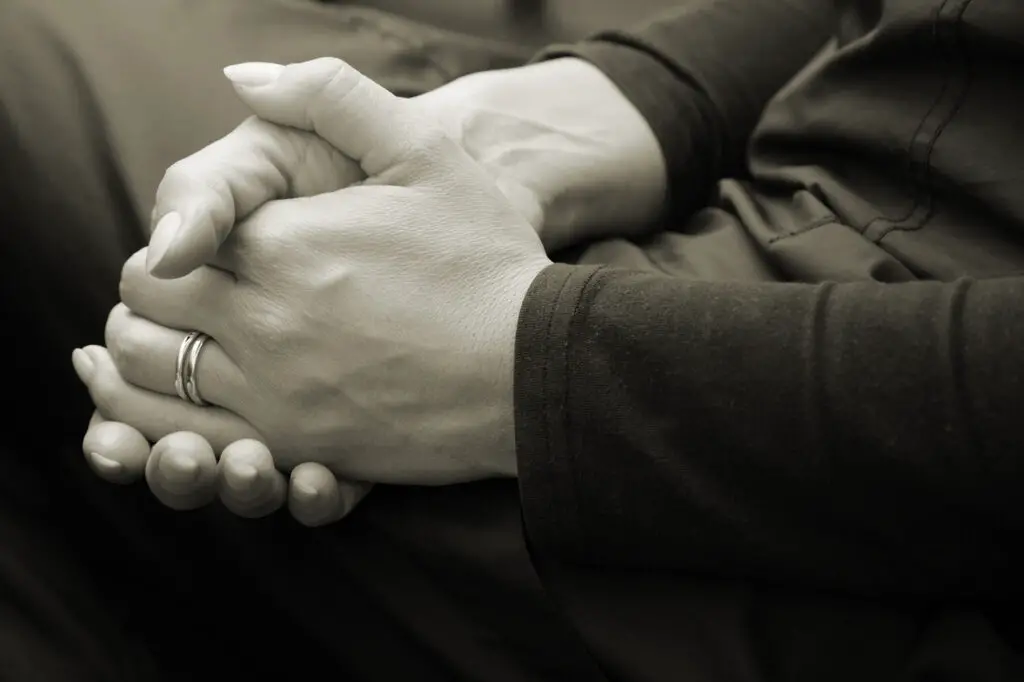
In the 19th century, mourning jewelry became a popular way to honor deceased loved ones. Family members would often commission pieces made from the hair of the departed, a practice that was both macabre and sentimental. These pieces, typically brooches or lockets, were worn as a sign of respect and grief. The use of hair was symbolic, representing the connection between the living and the dead. Jewelry makers even created intricate designs with braided hair, adding a layer of artistry to the mourning process shares the New York Times.
As time passed, these pieces became more of a fashion statement than a solemn reminder of loss. Yet, their origins in mourning rituals speak to the era’s deeply personal approach to death. Today, the practice has largely faded, though the jewelry itself can still be found in antique shops, serving as a hauntingly beautiful reminder of the past adds the Michigan Daily.
2. The Custom of Tying the Knot

The phrase “tying the knot” refers to an ancient marriage ritual where the couple’s hands were bound together as a symbol of their union. This ritual dates back thousands of years, with roots in various cultures, including Celtic and Hindu traditions. It was believed that by physically tying their hands, the couple would be bound together not only in love but also in spirit. In some cultures, the tying of the knot was followed by a vow that was believed to bond the couple forever shares the Knot.
While the physical act of tying hands together is rare today, the phrase endures in wedding vows and ceremonies. It’s a reminder of how marriages were once solidified through symbolic acts that emphasized commitment and unity. Though the practice is no longer common, its legacy lives on in modern wedding traditions adds Brides.
3. The Bar Mitzvah and Bat Mitzvah Procession
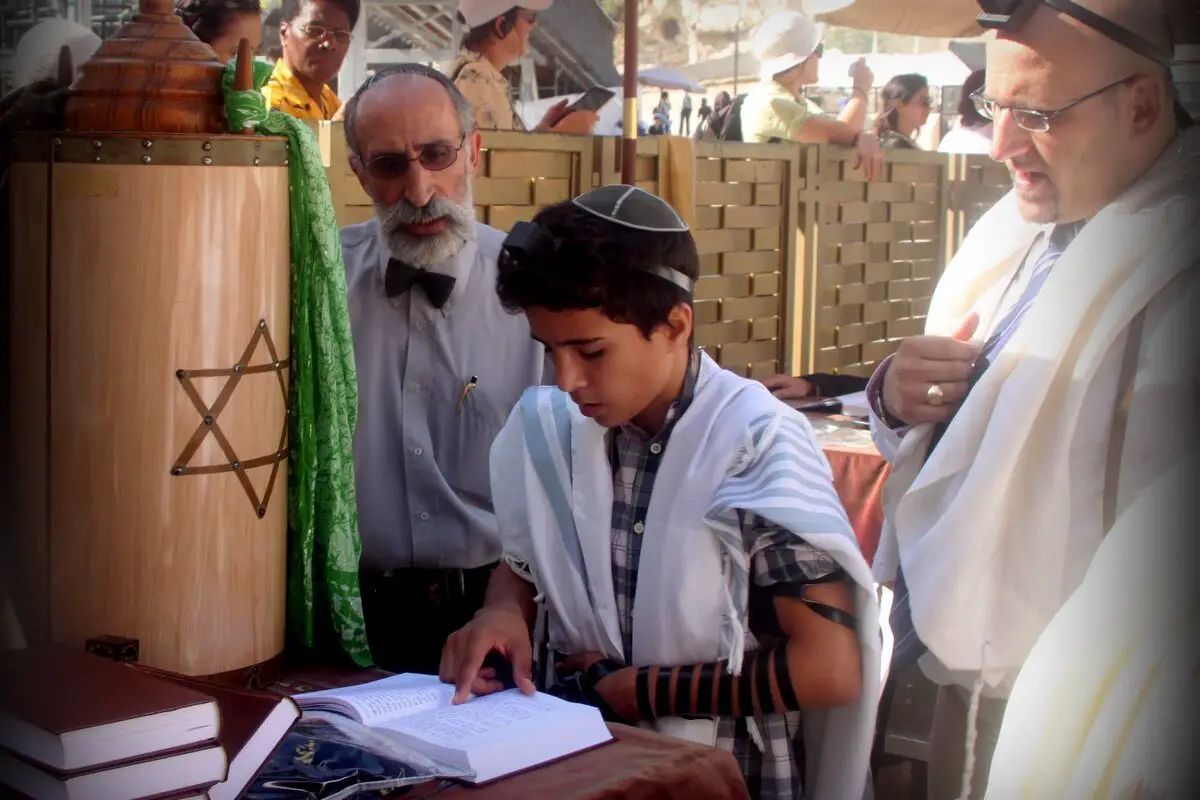
In Jewish tradition, the Bar Mitzvah and Bat Mitzvah represent a monumental passage from childhood to adulthood. However, the celebration of these rites of passage has evolved significantly over the centuries. Historically, the entire community would take part in a procession to mark the coming of age. The boy or girl would be led to the synagogue with great fanfare, signifying their new role in society.
Over time, these celebrations have become more formalized and less community-oriented. The once elaborate processions have mostly been replaced by quieter ceremonies, though the significance of the rite of passage remains unchanged. It is still a powerful moment for young Jewish individuals and their families.
4. The Roman Tradition of the Triumph

In ancient Rome, a “triumph” was a public celebration granted to a general after a significant military victory. It was the highest honor a Roman general could receive and included a lavish procession through the streets. Soldiers, captives, and treasures from the conquered lands were paraded in front of the people. The general, adorned in special robes and a laurel crown, would ride in a chariot as the crowds cheered.
The triumph was a way for the Roman Empire to show off its might and to honor the victors. While modern celebrations of military victories are less grandiose, the triumph symbolizes a time when personal achievement was celebrated in the most dramatic way possible. Though not practiced today, the concept of public victory celebrations endures in various forms worldwide.
5. The Medieval Practice of Trial by Ordeal
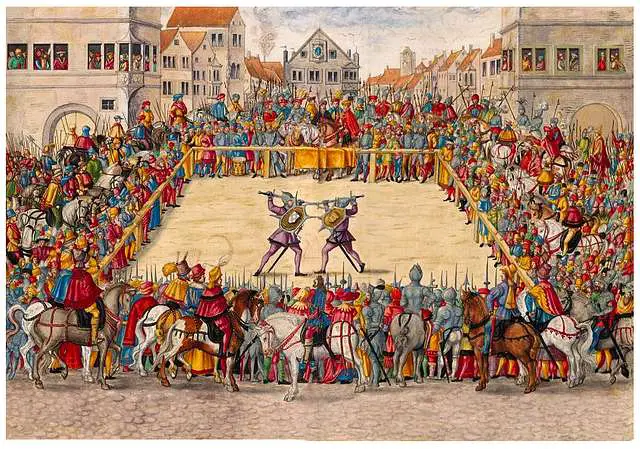
In medieval Europe, trial by ordeal was once a method of determining guilt or innocence in a legal case. Accused individuals were subjected to dangerous physical tests, such as walking barefoot over hot coals or plunging their hand into boiling water. The belief was that divine intervention would protect the innocent, and that God would ensure the outcome of the test. If the accused suffered severe injury or death, they were presumed guilty.
Although this ritual was eventually abolished, it served as a way for communities to seek justice when other methods were unavailable. It was an incredibly brutal form of “justice,” but it reflected a time when superstition and faith played a significant role in legal matters. Today, trial by ordeal seems almost incomprehensible, but it serves as a reminder of how far we’ve come in terms of legal systems.
6. The Ancient Greek Practice of Libations
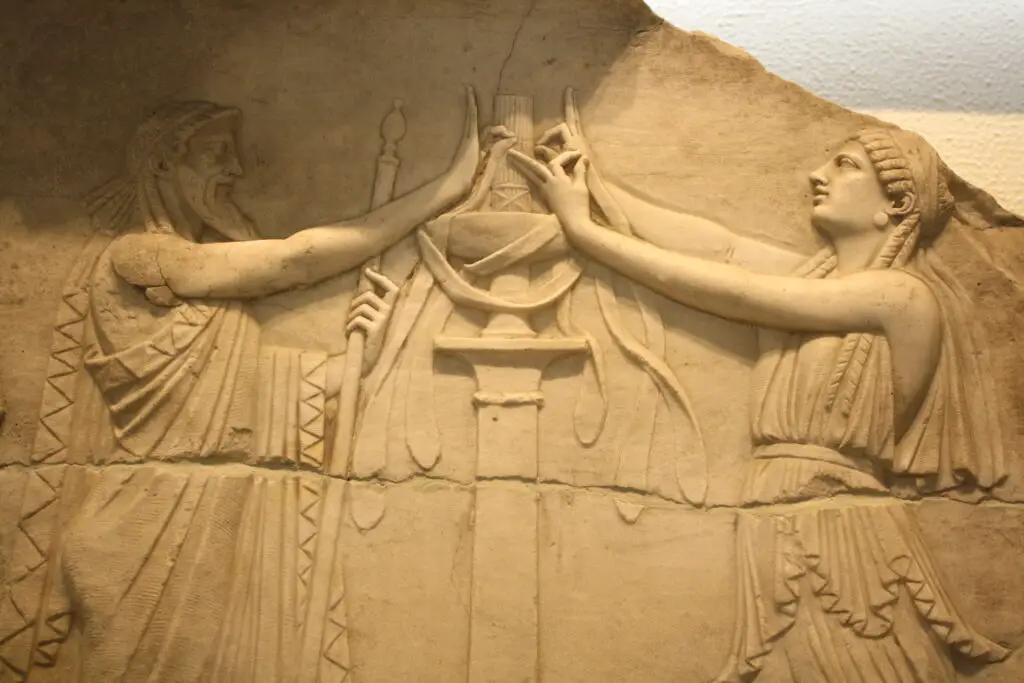
Libations were an ancient Greek ritual where liquids—usually wine, oil, or honey—were poured as an offering to the gods. This act of pouring out a drink was often done before meals, during religious ceremonies, or before embarking on a journey. The Greeks believed that these offerings would please the gods and ensure their favor. A small portion of the drink would be poured on the ground, while the rest was consumed by the participants.
While this practice is no longer a widespread custom, the idea of making offerings to divine forces remains in various religions. The act of libation was not just about giving; it was about acknowledging the presence and power of the gods in everyday life. Today, though no longer common, it provides insight into how the ancient Greeks saw their relationship with the divine.
7. The Japanese Tea Ceremony
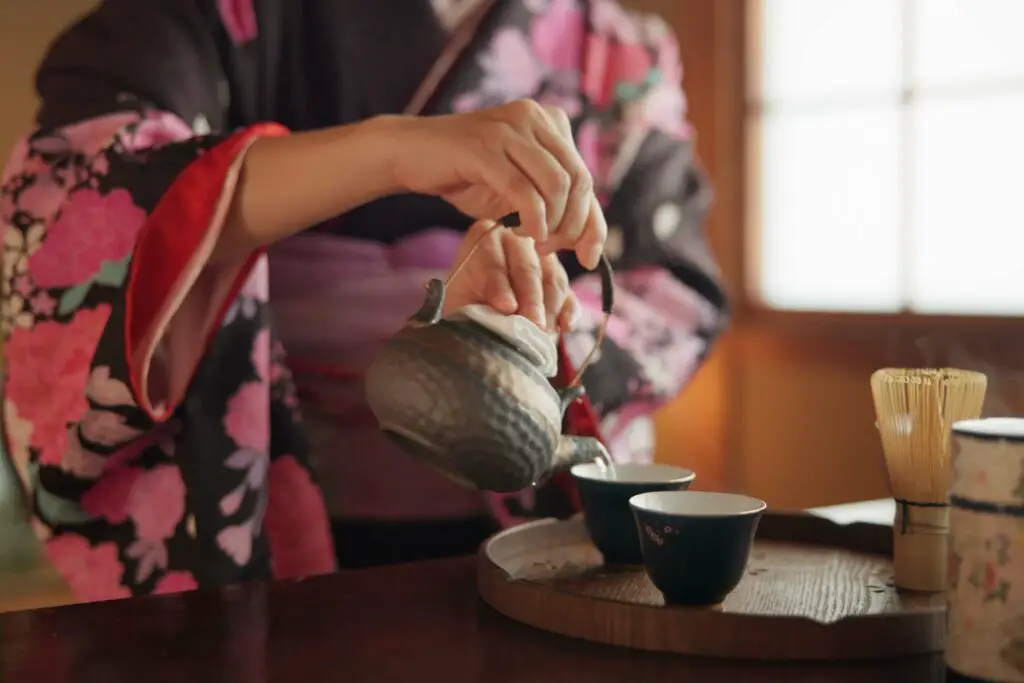
The Japanese tea ceremony, also known as “chanoyu,” is a centuries-old ritual centered around the preparation and serving of matcha, a powdered green tea. This elaborate practice is not just about drinking tea—it’s a meditative experience designed to cultivate harmony, respect, purity, and tranquility. The ceremony involves specific gestures, tools, and etiquette, each of which has deep cultural meaning.
While the tea ceremony is less common today, it remains a significant part of Japanese culture. Those who participate still honor its centuries-old traditions, creating a sense of reverence and mindfulness. It serves as a reminder of how simple acts, when imbued with meaning, can elevate everyday experiences to something sacred.
8. The Irish Wake
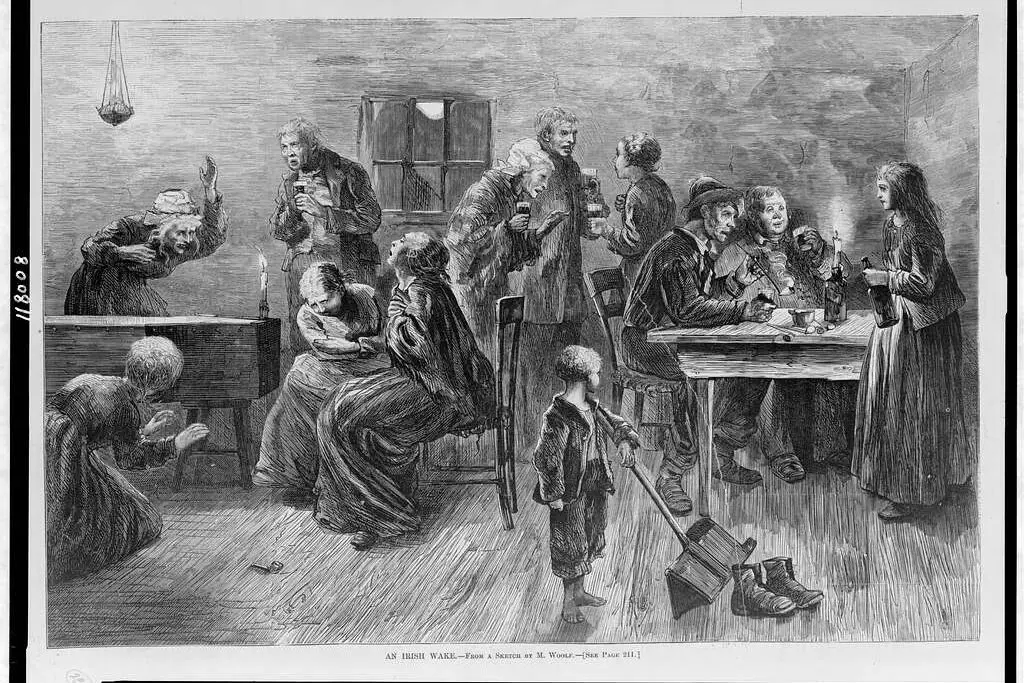
The Irish wake is a funeral tradition that has deep roots in Irish culture, dating back hundreds of years. Instead of a somber affair, the wake is often a lively, celebratory gathering that honors the deceased. It is a time for family and friends to reminisce, share stories, and even enjoy food and drink. It’s said that the wake is meant to celebrate the life of the departed and to help ease the grief of the living.
While the tradition of the wake has faded in many places, it still holds strong in Ireland. The celebration of life over death, accompanied by laughter and tears, is a unique and humanizing practice. It shows how rituals can help people cope with loss while still honoring the memories of loved ones.
9. The Middle Ages’ Chivalric Oaths
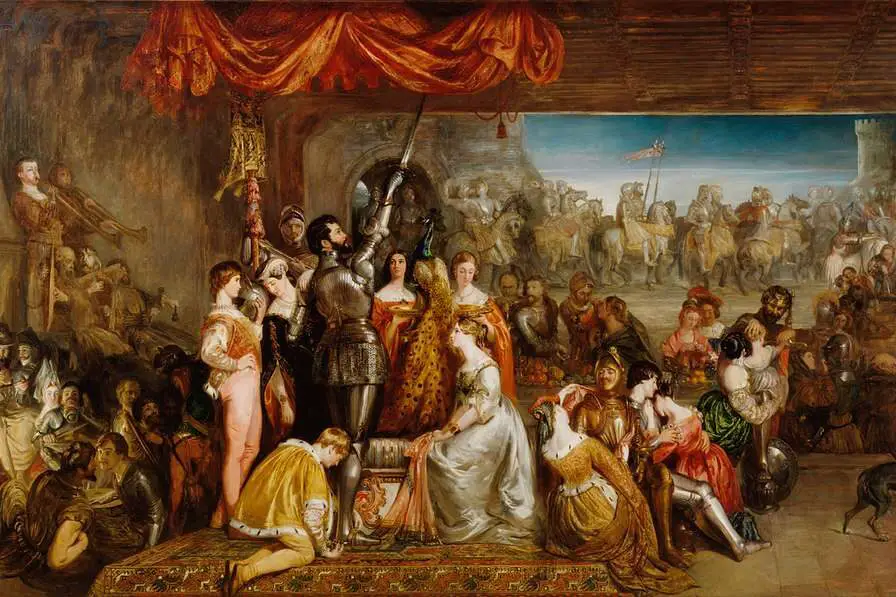
During the Middle Ages, young men aspiring to become knights would take a chivalric oath that bound them to uphold certain moral standards. This ritual involved pledging loyalty to the king, protecting the weak, and maintaining honor. The initiation process included a public ceremony where the squire swore their vows, symbolizing their readiness to enter the ranks of knighthood.
Though knights no longer roam the earth, the concept of chivalry and oaths of honor continues in various forms, particularly in military and civic life. The idea of a knight’s code persists in the modern world, offering a moral compass for those who serve. It’s a powerful reminder of how rituals once defined a person’s identity and role in society.
10. The Native American Potlatch Ceremony

The potlatch is a traditional ceremony practiced by Indigenous groups in the Pacific Northwest, most notably among the Haida, Tlingit, and Kwakwaka’wakw peoples. This event, which could last several days, was marked by feasting, dancing, and the giving of gifts. The primary purpose was to honor an individual’s achievements, mark life transitions, and redistribute wealth within the community.
The potlatch was a way of reinforcing social bonds and showcasing generosity. While the practice was banned by the Canadian government in the 19th century, it has experienced a resurgence in recent decades as a means of cultural revival. The potlatch serves as an example of how communities used rituals to maintain social cohesion and celebrate life’s milestones.
11. The Roman Saturnalia Festival
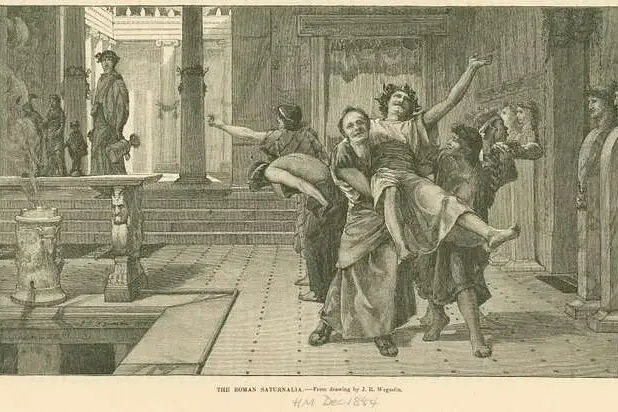
Saturnalia was a week-long Roman festival dedicated to the god Saturn, held each December. It was a time of revelry, when the social order was temporarily overturned. Slaves were given temporary freedom, and roles were reversed as masters served their servants. Gifts were exchanged, and public feasts were held, creating a communal sense of celebration and unity.
While Saturnalia is long gone, many of its elements can be found in modern Christmas celebrations. The exchange of gifts and festive feasts are echoes of this ancient holiday. It’s a reminder of how rituals surrounding holidays can shape modern traditions and how the spirit of celebration endures through the ages.
12. The Viking Funeral Rite
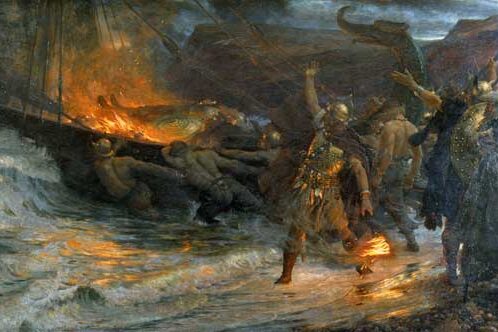
Viking funeral rites were elaborate and dramatic ceremonies meant to honor the dead. Warriors, in particular, were given grand send-offs, which often included being placed in a boat, set alight, and sent to sea. The idea behind the ritual was to ensure that the spirit of the deceased was carried off to the afterlife. Family members and friends would often accompany the body with sacrifices, including animals or goods, to ensure a prosperous journey.
Although Viking funeral rituals are no longer practiced, they offer a window into how death was treated with great reverence and ceremony. The Viking belief in an afterlife, combined with the dramatic visual of the boat funeral, continues to capture the imagination of people around the world.
